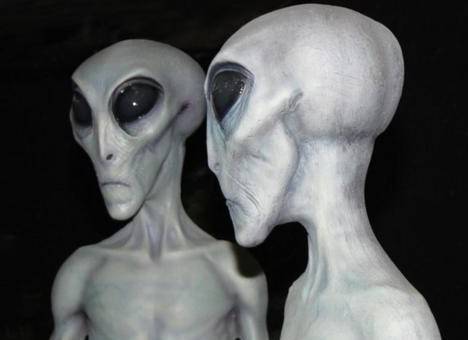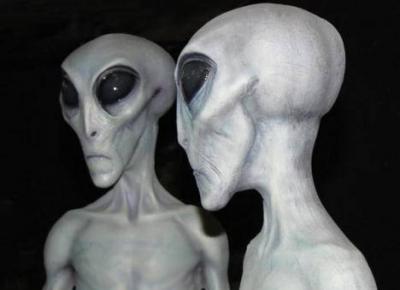Scientists have reached new evidence for the existence of extraterrestrial beings, paving the way toward communicating with them or at least searching for ways to connect with these entities and receive signals from them, and to determine if it is possible for them to reach Earth. According to a report published by the British newspaper "Daily Mail," researchers from Cornell University in the United States have recorded an important step toward reaching alien life, as they claimed in a new study that planets that harbor strange life may exhibit a distinctive purple color.
Dr. Lisa Kaltenegger, a co-author of the study, stated, "We are just beginning to open our eyes to these wonderful worlds around us." She added, "Purple bacteria can live and thrive under a variety of conditions, making it easy to imagine that in many different worlds, purple may be just the new green."
Typically, life on Earth is associated with a familiar green color, as scientists confirm. However, life on other planets might appear completely different. In their new study, the team set out to understand what alien life hunters should look for. Dr. Kaltenegger said, "We need to create a database of life markers to ensure our telescopes do not miss life if it does not look exactly like what we encounter around us every day."
The researchers cataloged the colors and chemical signatures of various organisms and minerals. Their analysis revealed that purple bacteria can use invisible infrared light to power photosynthesis. For this reason, it is likely that purple bacteria were predominant on Earth early on, prior to the emergence of plant-type photosynthesis, as the researchers noted.
Leigia Fonseca Coelho, the study's lead author, said, "They already thrive here in certain fields." Beyond Earth, purple bacteria could be ideally suited for planets orbiting cooler red dwarf stars, which are the most common type in our galaxy. Dr. Coelho added, "Just imagine if they weren't competing with green plants, algae, and bacteria." She elaborated, "The red sun could provide them with the best conditions for photosynthesis."
Moreover, the researchers assert that these worlds would produce a distinctive "light signature" that we can detect using ground-based and space telescopes. Dr. Coelho remarked, "If purple bacteria thrive on the surface of an icy world, an oceanic planet, a snowball Earth, or a new Earth orbiting a cooler star, we now have the tools needed to search for them." This new study follows closely on the heels of scientists suggesting that alien life could be hiding close to Earth.




